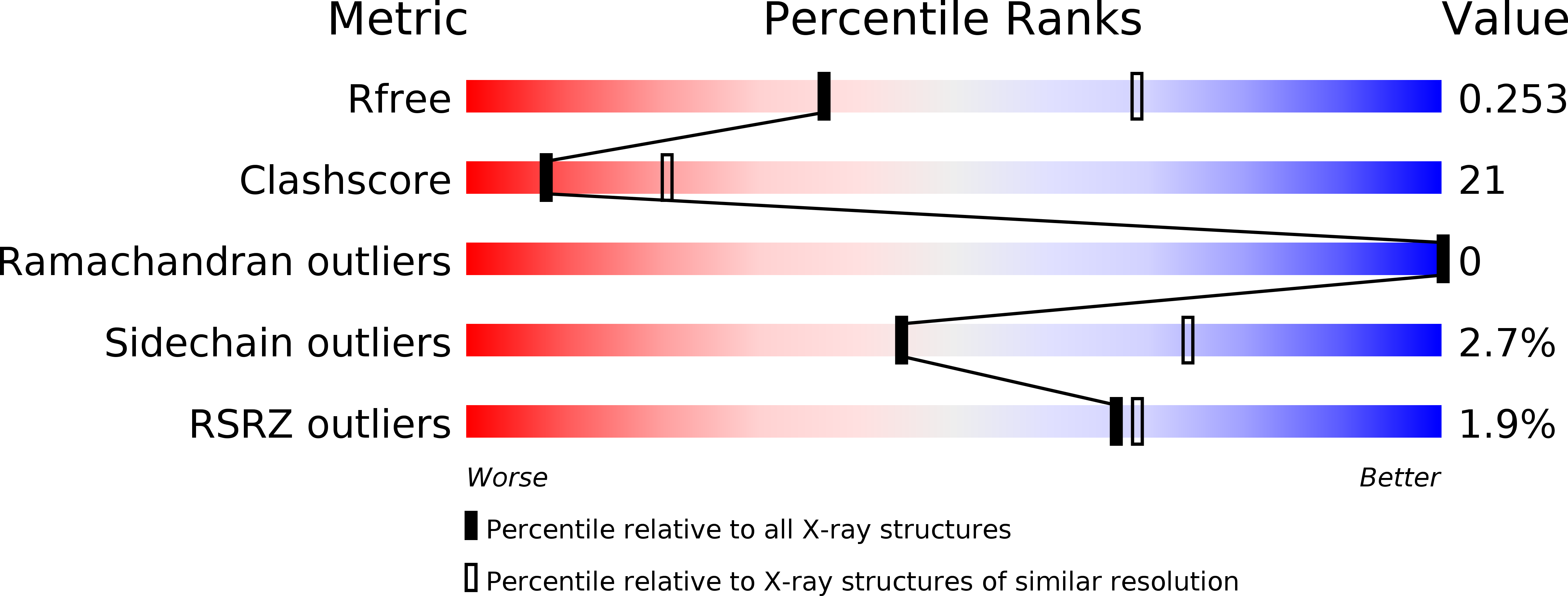
Deposition Date
2013-05-27
Release Date
2013-07-24
Last Version Date
2024-02-28
Entry Detail
PDB ID:
4KXP
Keywords:
Title:
Crystal Structure of AMP complexes of Porcine Liver Fructose-1,6-bisphosphatase Mutant I10D in T-state
Biological Source:
Source Organism:
Sus scrofa (Taxon ID: 9823)
Host Organism:
Method Details:
Experimental Method:
Resolution:
2.70 Å
R-Value Free:
0.25
R-Value Work:
0.20
R-Value Observed:
0.20
Space Group:
P 21 21 2


